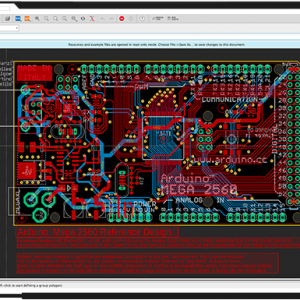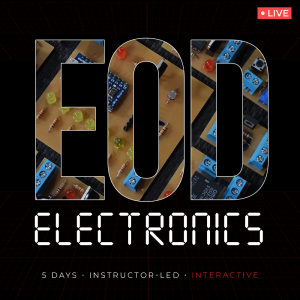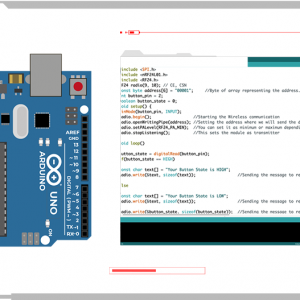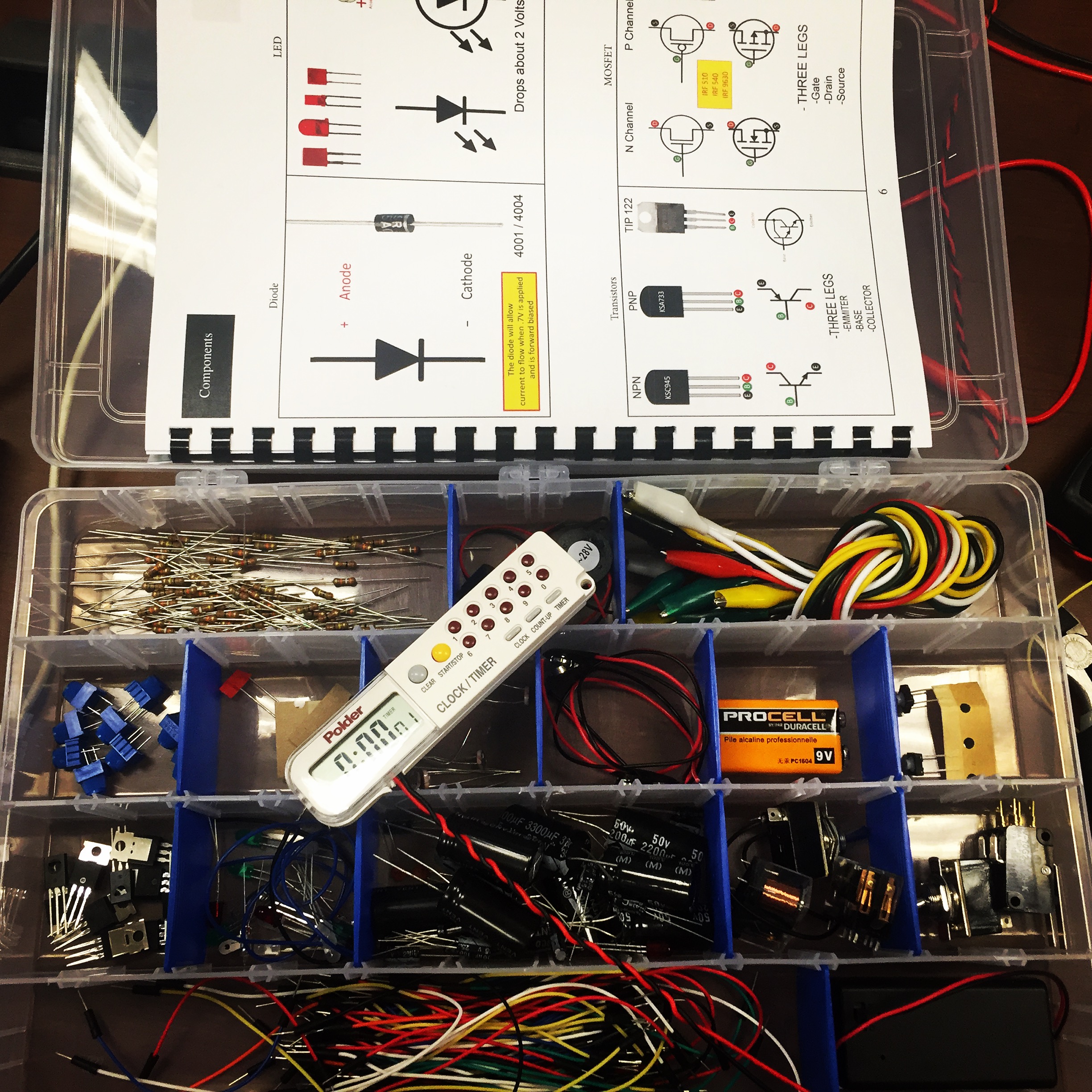

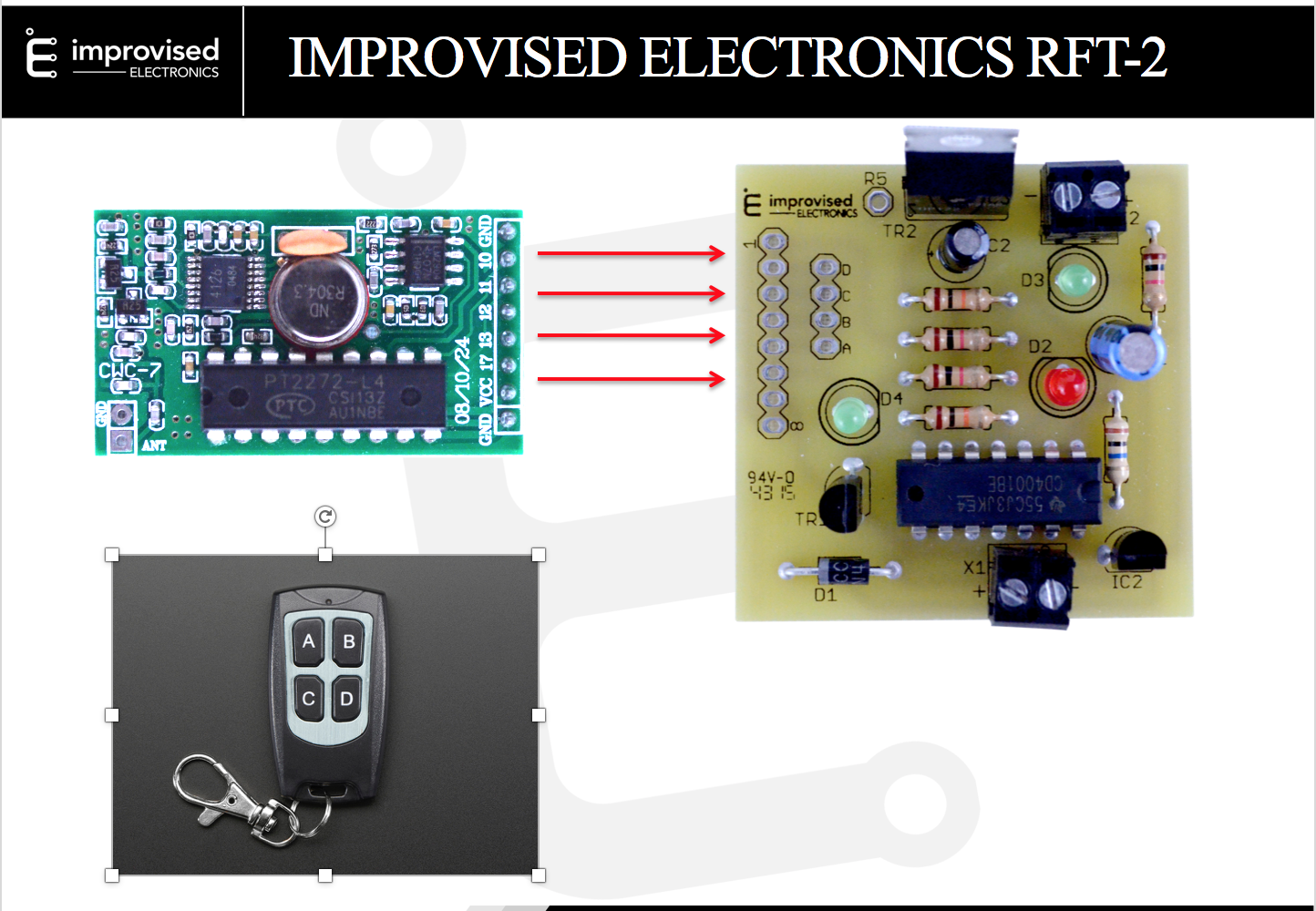

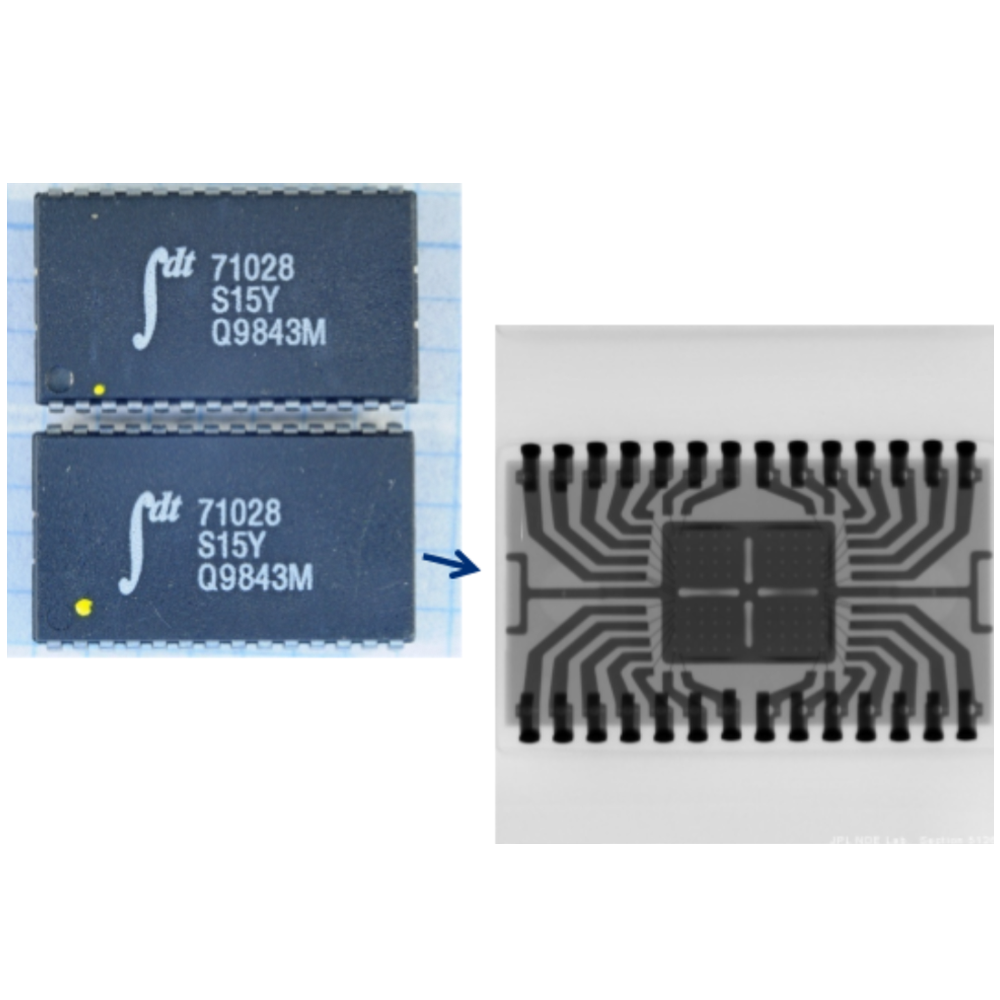
Basic IED Electronics
$23,500.00
Description
Comprehensive training course covering fundamental concepts in IED electronics and circuit analysis. This course provides hands-on instruction in electronic theory, component identification, and circuit construction.
Course Topics:
- DC and AC circuit theory
- Electronic components and symbols
- Circuit analysis and troubleshooting
- Practical lab exercises
- Safety procedures
Includes comprehensive lab materials and certification upon completion.
